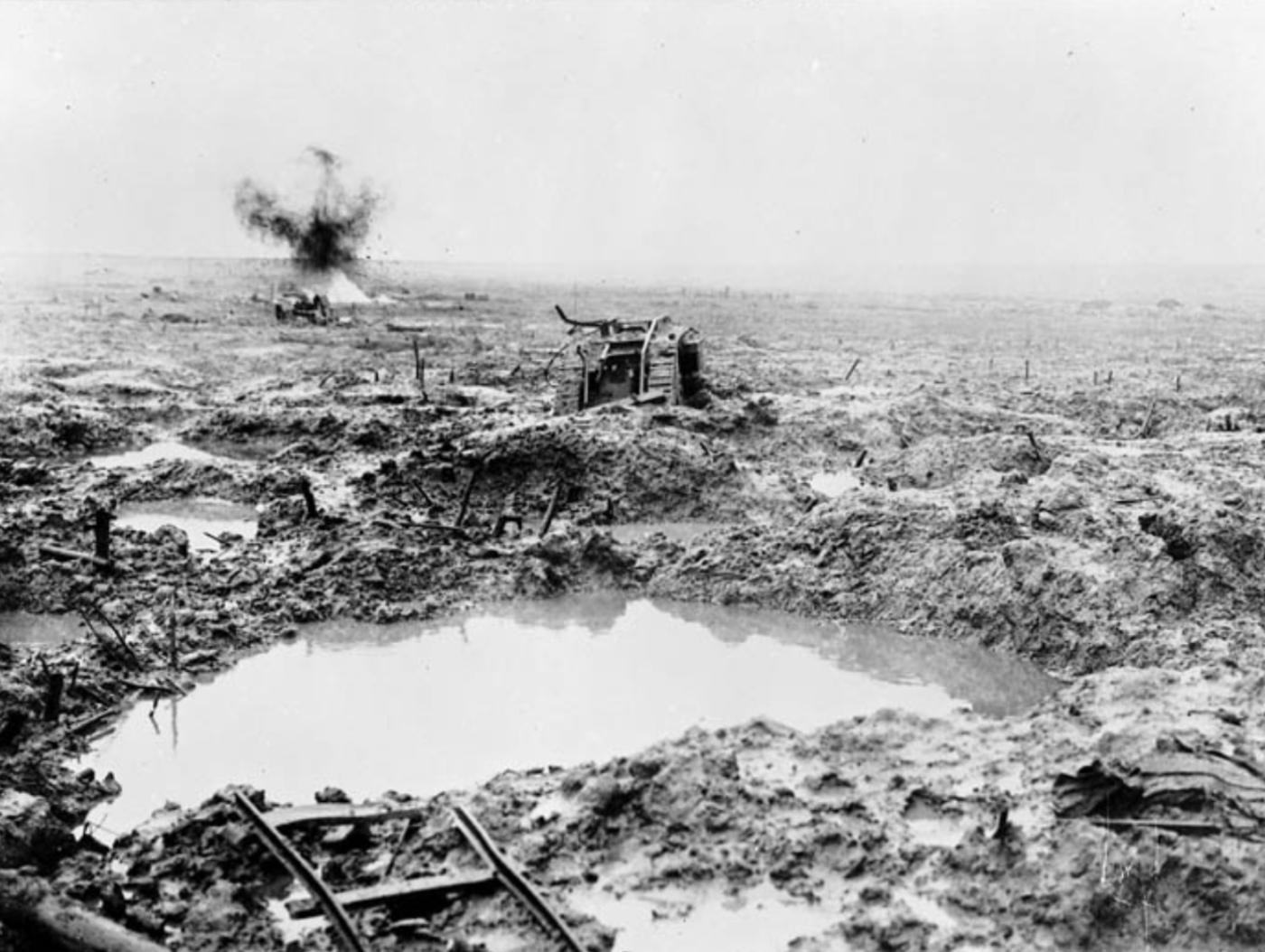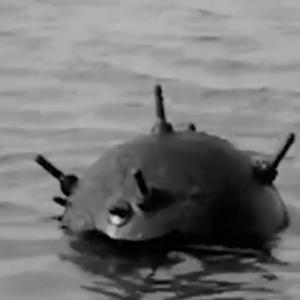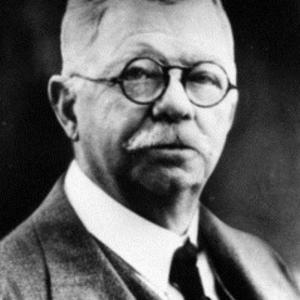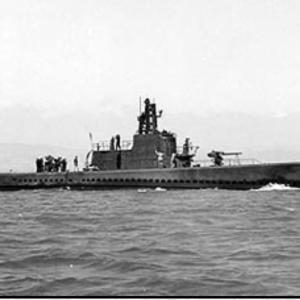
On this day in military history…
The capture of Passchendaele on 6 November 1917 marked the final, hard-won success of one of the most grueling and controversial campaigns of the First World War. For weeks beforehand, the British Expeditionary Force and its Commonwealth allies had fought inch by inch across the shattered landscape of Flanders. What had begun in late July as the Third Battle of Ypres had devolved into an epic struggle against not only a determined enemy but also the elements themselves. The culmination came when the Canadian Corps, under Lieutenant-General Sir Arthur Currie, stormed and captured the village of Passchendaele after a meticulously planned and heroically executed assault.
By the time the Canadians arrived in October, the offensive had already dragged on for over three months. Earlier attacks by British and Australian divisions under the overall command of Field Marshal Sir Douglas Haig had made some progress but at enormous cost. The battlefield had been pulverized by millions of shells, destroying the natural drainage of the low-lying countryside. Heavy rains followed, and the terrain turned into a swamp of sucking mud, deep shell holes, and flooded craters. Men, horses, and even tanks vanished beneath the mire. Movement became agonizingly slow, and the task of carrying supplies and evacuating the wounded was almost impossible. Haig, convinced that one more push could break the German line and threaten their submarine bases on the coast, ordered the assault to continue.
Facing them were the German Fourth Army, commanded by General Friedrich Sixt von Armin, and well-supported defensive positions overseen by General Fritz von Lossberg, the formidable chief of staff. The Germans had turned every ridge, farm, and village into a fortress. Concrete pillboxes and machine-gun nests dominated the approaches, and artillery batteries, hidden on the higher ground east of Ypres, poured shells into the advancing Allied troops. Each side had suffered horrific losses by October, with estimates suggesting around 275,000 British and Commonwealth casualties and a similar number for the Germans.
When the Canadians took over the sector on 26 October, Currie insisted on careful preparation. He recognized that reckless attacks would only waste lives. Roads and duckboard tracks were laid across the mud to bring forward guns and supplies, and every move was rehearsed. The Canadian Corps consisted of four divisions, with Major-General David Watson commanding the 4th Division and Major-General Louis Lipsett leading the 3rd Division in the initial assault. Their task was to advance step by step up the slope toward Passchendaele village itself, which sat on a low ridge that offered a commanding view of the surrounding plains.
The attack began in earnest on 26 October and continued through successive phases, each gaining a few hundred yards at terrible cost. The weather worsened, and the mud became almost impassable. Men drowned in water-filled craters; rifles jammed; stretcher-bearers struggled for hours to move a single casualty. Tanks, which had proved decisive at Cambrai later that month, were largely useless in the bog. Artillery played the most crucial role. The creeping barrage, timed with meticulous precision, gave the infantry some protection as they advanced. The Canadian gunners worked under appalling conditions, their guns sinking into the muck, yet they maintained a steady and effective bombardment that silenced many German strongpoints.
After ten days of fighting, the final assault was launched on 6 November. The Canadians, supported by British units on their flanks, stormed the ruins of Passchendaele village. Despite fierce machine-gun fire and counterattacks, they secured the objective by midday. The ridge, or what was left of it, was finally in Allied hands. A final push on 10 November extended the line slightly beyond the village, completing the operation. In total, the Canadian Corps suffered over 15,000 casualties in less than a month, but they had accomplished what so many others could not.
The capture of Passchendaele had limited strategic value. The front line advanced barely five miles from where the offensive had begun, and within months the ground was abandoned again during the German spring offensive of 1918. Yet, despite this, the psychological and symbolic impact was immense. For the Canadians, it became a testament to their discipline, courage, and growing reputation as one of the finest fighting forces on the Western Front. For the British command, it was both a victory and a grim lesson in the limits of persistence against nature and modern firepower.
Passchendaele entered history not just as a battle but as a symbol of the horrors of the First World War. The mud, the endless shelling, and the staggering loss of life came to represent the futility and endurance of an entire generation. Yet for those who fought there—Canadian, British, Australian, New Zealander, and German alike—it was also a story of human determination and sacrifice amid unimaginable adversity.










